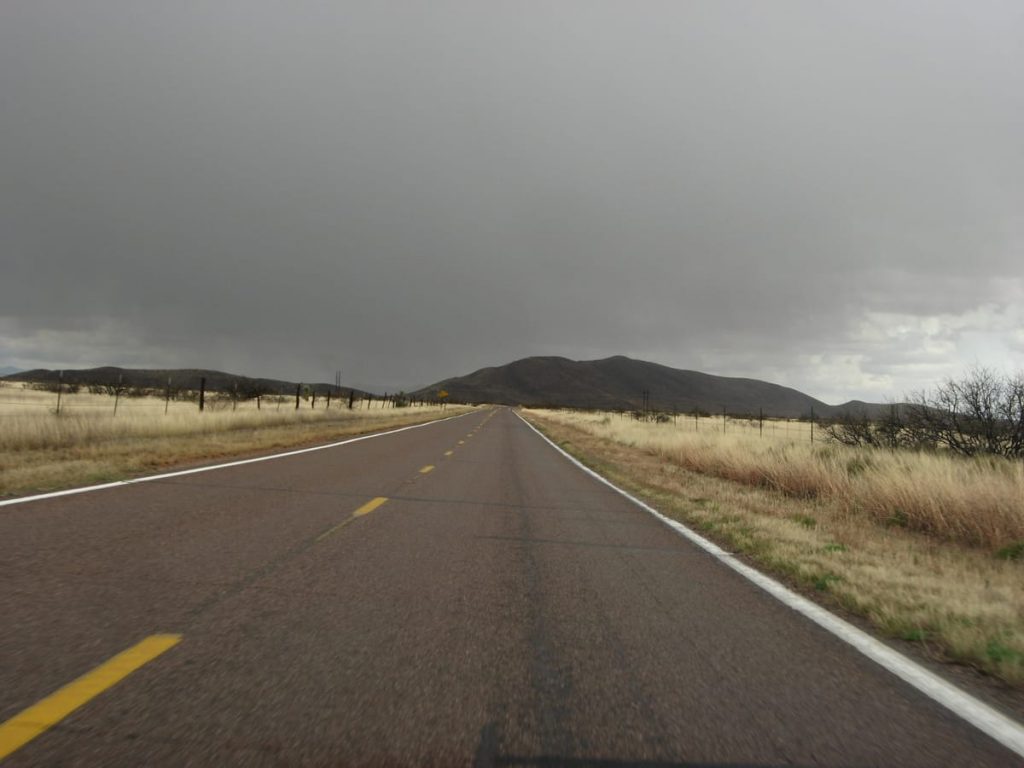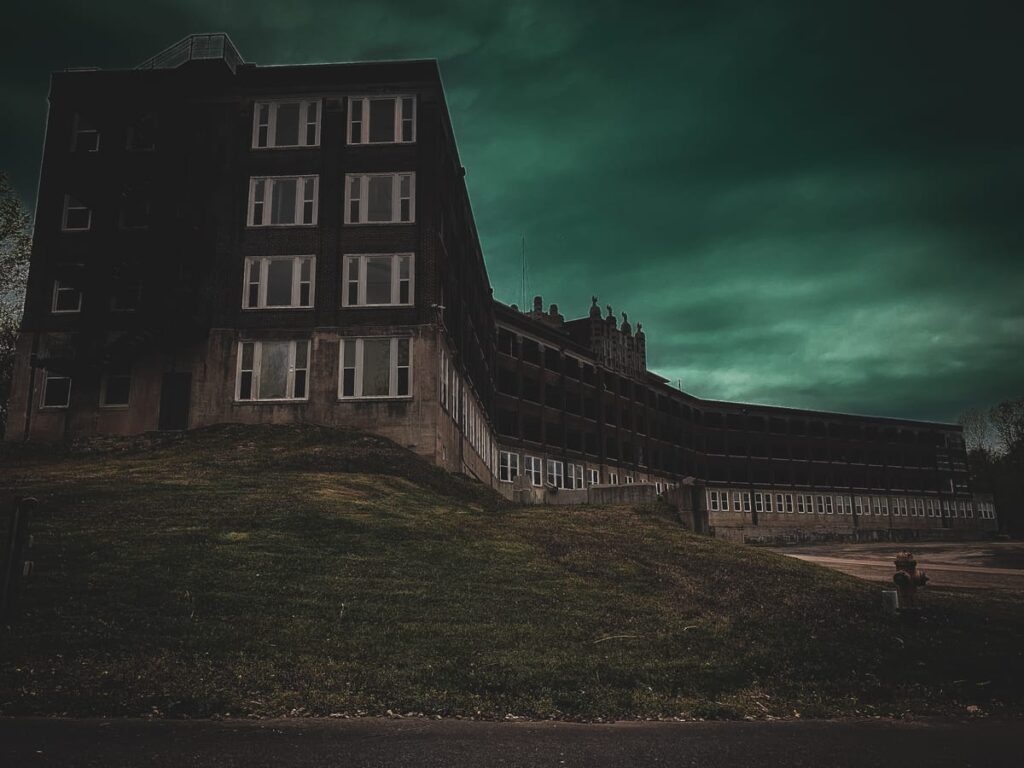
Cape Hatteras Lighthouse
Ghost ships from the Graveyard of the Atlantic reportedly haunt this North Carolina lighthouse
Paranormal Claims at
Cape Hatteras Lighthouse
- The land around the lighthouse is reportedly haunted by shipwrecked souls
- A figure of a gray man has been seen appearing and disappearing on the nearby shoreline
- A ghost cat has been seen running around the lighthouse grounds
- The ghost cat has interacted with visitors, only to disappear before their eyes
A Light at the Graveyard:
History of Cape Hatteras Lighthouse
In the woodsy outskirts of Buxton, North Carolina, set far back from the Atlantic shoreline nearby, stands a lighthouse with a storied history.
On the aptly named Lighthouse Road, you can find Cape Hatteras Lighthouse’s black and white candy cane stripes standing high above the trees. Higher than any other lighthouse, in fact.
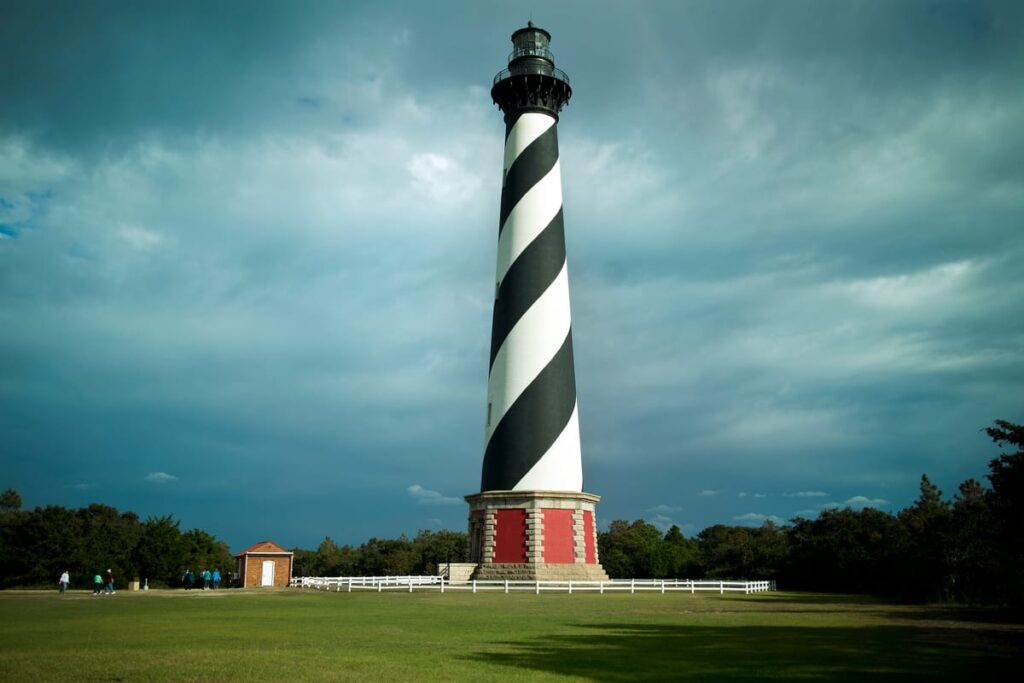
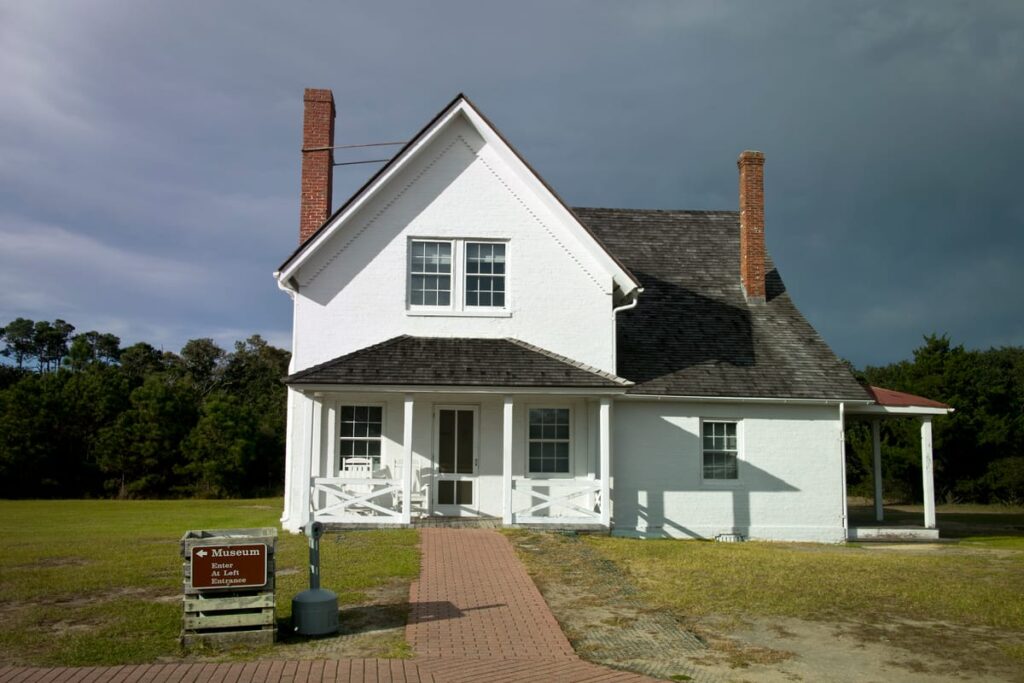
At a towering 208 feet, Cape Hatteras is America’s tallest brick lighthouse…along with reportedly being one of America’s most haunted. Cape Hatteras Lighthouse served one of the most treacherous waterways in the country, an area now known as the Graveyard of the Atlantic.
But, there may be more than ghosts of lost ships and sailors lingering around this old lighthouse.
Timeline of Cape Hatteras Lighthouse's History
Swipe or use timeline points to see Cape Hatteras Lighthouse through the years

1803
Along North Carolina’s Outer Banks, one region had been swallowing ships for centuries. Called the Diamond Shoals, the waterway’s shifting sands and frequent storms wrecked many ships. But it wasn’t until 1803 that the first lighthouse was built in the area, at Cape Hatteras.
The first lighthouse was a small, ineffective structure of just 90 feet. But poor oil lamp light and the lighthouse’s short height left many mariners sailing blind. It wasn’t long until sailors demanded a replacement.
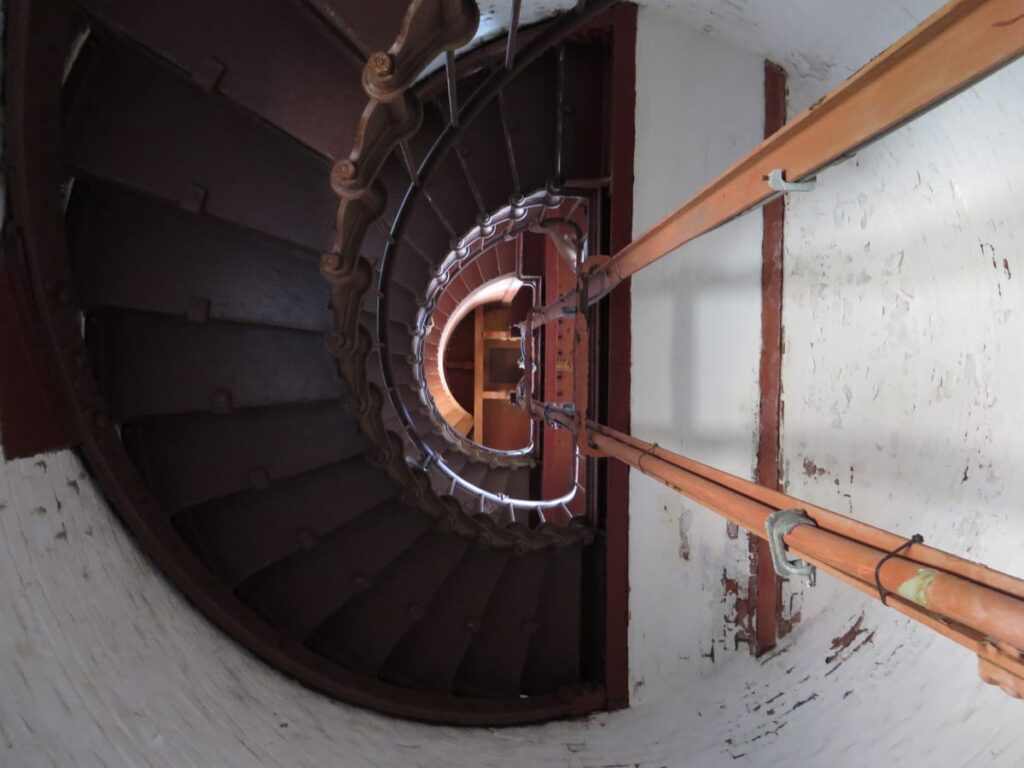
1854
In the early 1850s, Cape Hatteras Lighthouse was renovated and raised to 150 feet. A Fresnel lens replaced the old oil lamp system, making the light much brighter than before. When the updated lighthouse opened in 1854, many figured it would serve the seas for generations. War had other plans.
The lighthouse was severely damaged during the Civil War and had its Fresnel lens stolen by the rebels. After the war, the government decided it would be better to build a new one than repair the war-torn lighthouse.
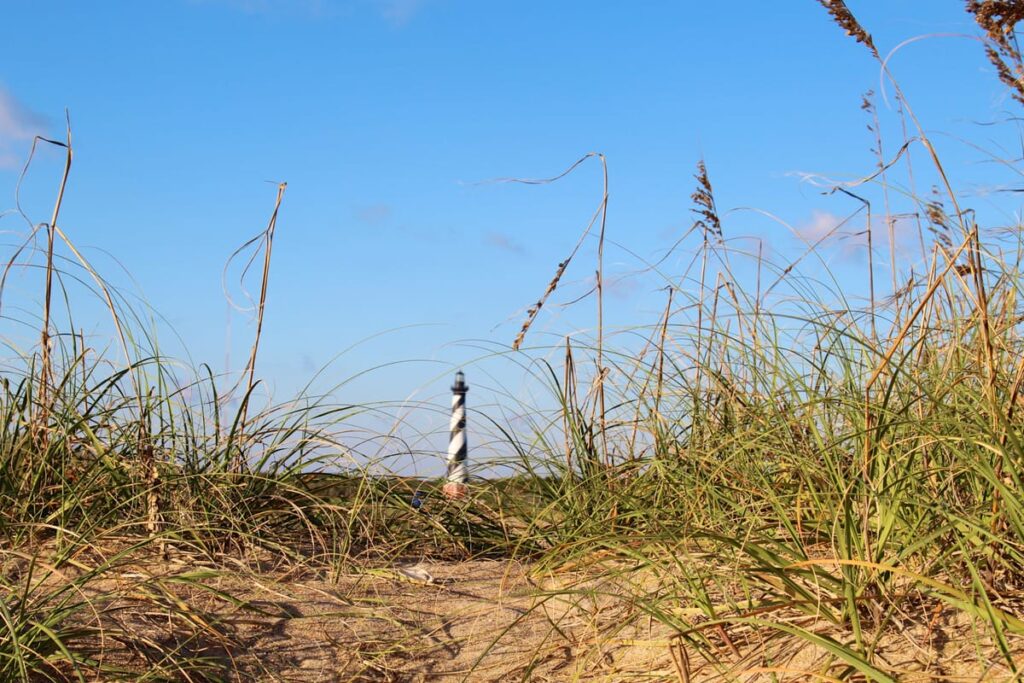
1870
The new lighthouse at Cape Hatteras took two years to build. When it was first lit in 1870, it was an engineering marvel. Over one million bricks went into building what remains the tallest lighthouse in the United States. Along with a higher light, the looming lighthouse was soon painted in a black and white spiral pattern.
This made Cape Hatteras, a lighthouse warning of especially treacherous seas, stand out from others in the area. But the sea would soon turn the tables on Cape Hatteras’ operation, and imperil its future.
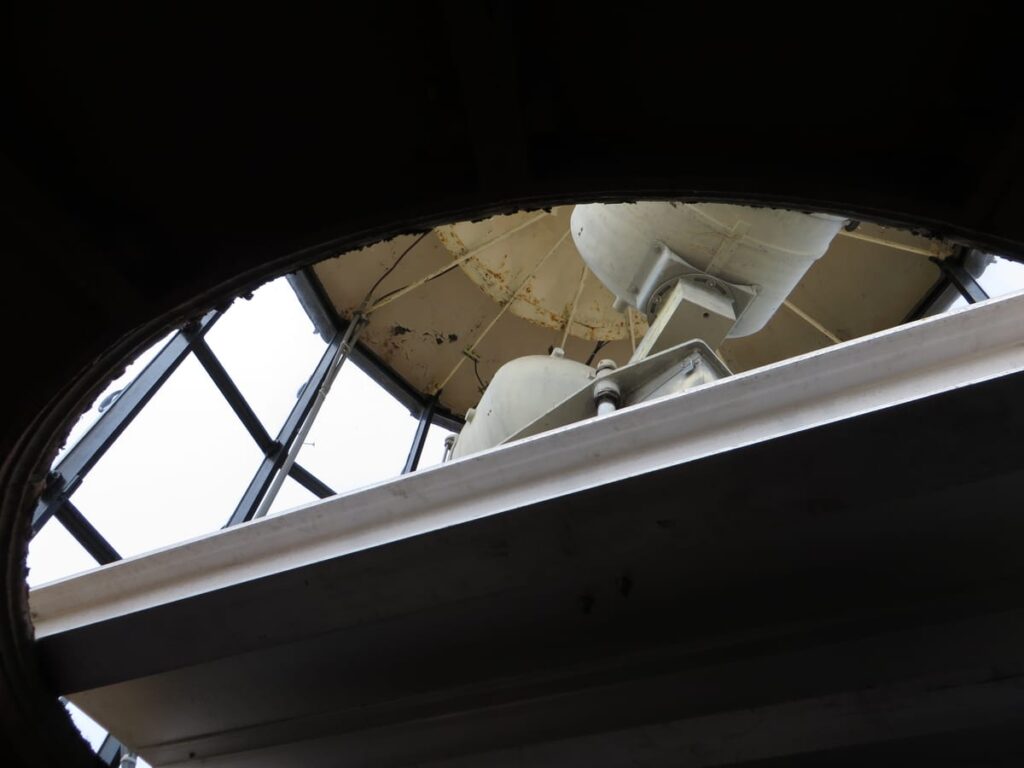
1935
The encroaching sea became a problem for Cape Hatteras a few decades after it was relit. By the early 1930s, the tides were threatening to overtake the entire structure. In 1935, the lighthouse was abandoned and replaced by a makeshift metal light tower nearby.
Cape Hatteras Lighthouse transferred ownership to the National Park Service in 1937, and the NPS worked to rebuild the coastline and save the lighthouse. This bought them time to relight the defunct tower, which reopened in 1950.
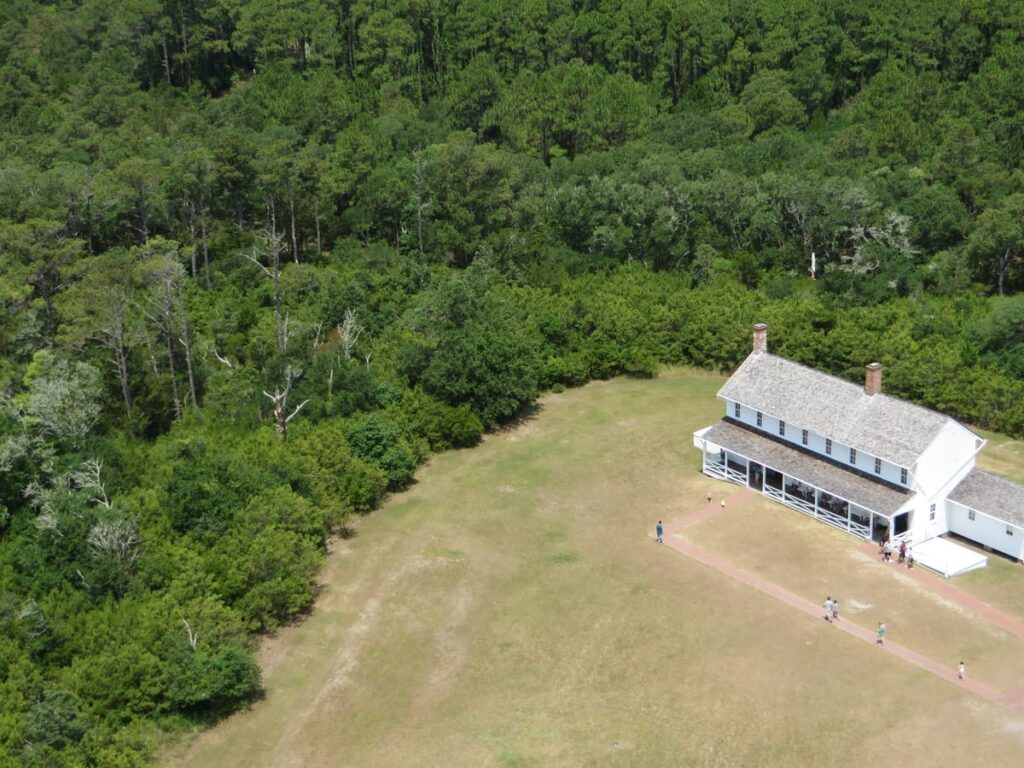
1987
By 1987, the sea had eaten away the shoreline again. So began yet another engineering marvel at Cape Hatteras. In 1999, after years of planning, the lighthouse and its keepers houses were raised off the ground and moved a half mile inland. The process moved each building in one piece, down a runway-like track still visible today.
The lighthouse was relit the same year and has warned ships and attracted tourists ever since. Some say ghosts from the lighthouse’s past followed it when it moved and can still be spotted around the tower.
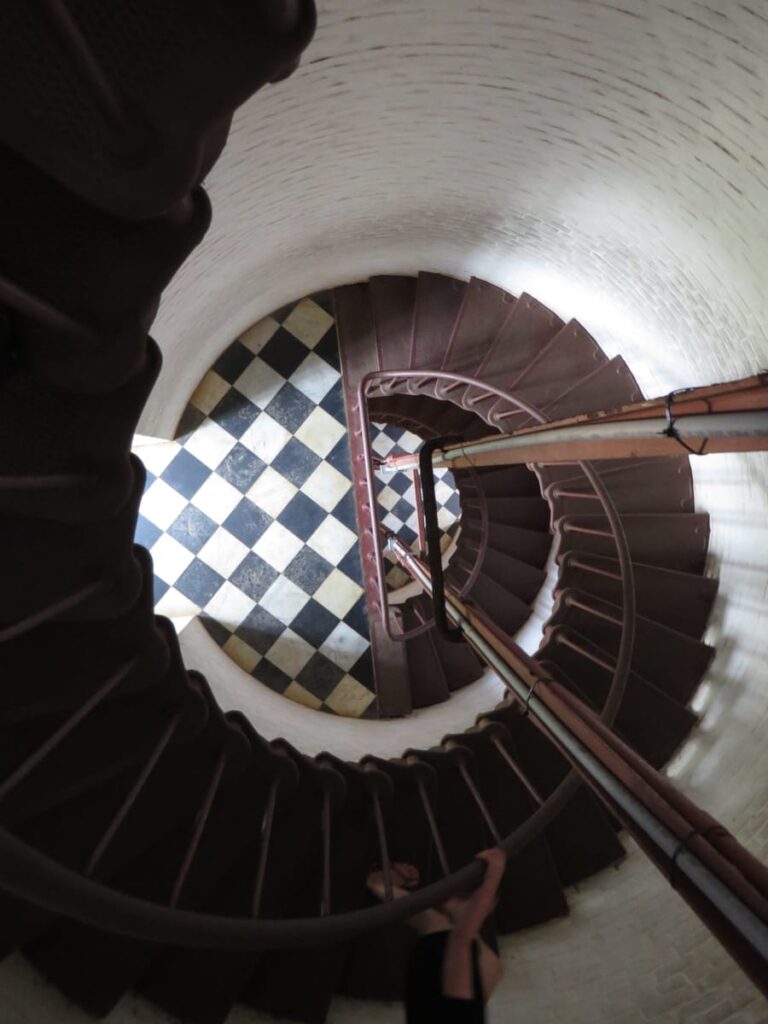
Cape Hatteras Lighthouse’s Mystery Ship
The most famous and mysterious of these Cape Hatteras ghost ships is the Carroll A. Deering. The Deering, a commercial sailing vessel, was found abandoned near the lighthouse in January of 1921.
Strangely, the ship’s log book and navigation tools were nowhere to be found, and an untouched meal was left out ready to be eaten. The lifeboats and personal effects were missing as well, but no sign was ever found of the Deering’s crew.
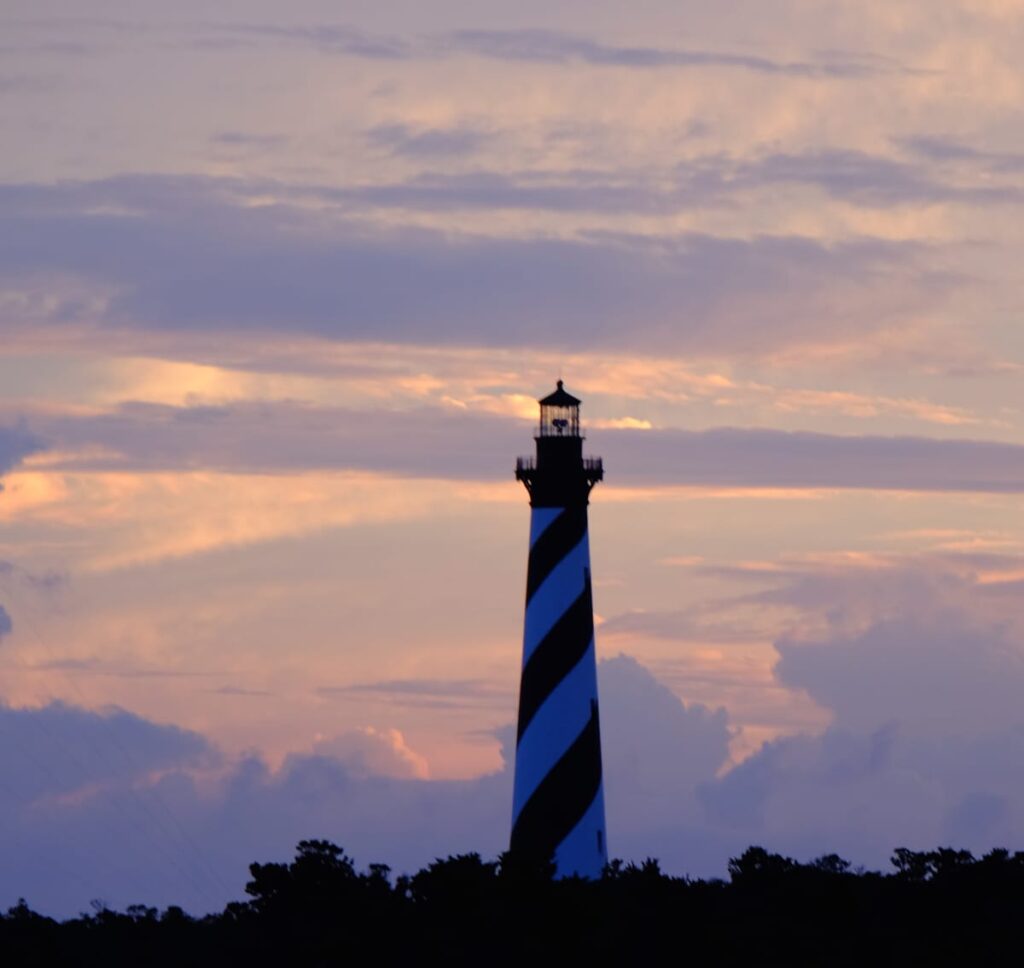
A Gray Ghost at Cape Hatteras
Theories abound about what happened to the Carroll A. Deering in 1921, but the truth will likely never be known. Some say the souls of the Deering’s crew still linger the shoreline around Diamond Shoals and Cape Hatteras, perhaps alongside the ghostly visage of the Deering itself.
In the area of shore where the lighthouse once stood, visitors have reported the ghostly apparition of a gray man appearing briefly. He is said to materialize just before a rain, and only for a few moments between the crashes of the tide. Could this be a lost soul from the Carroll A. Deering?
The Fattest Ghost Cat on the East Coast
While ghost ship sightings are common, the lighthouse itself is also said to be haunted. Most famously, the lighthouse is reportedly home to a curious ghost cat.
Seen often as a very portly black and white cat, the lighthouse feline is known to wander all through the grounds and buildings. Those who have seen the cat for themselves say it looks to be between fifteen and twenty-five pounds.
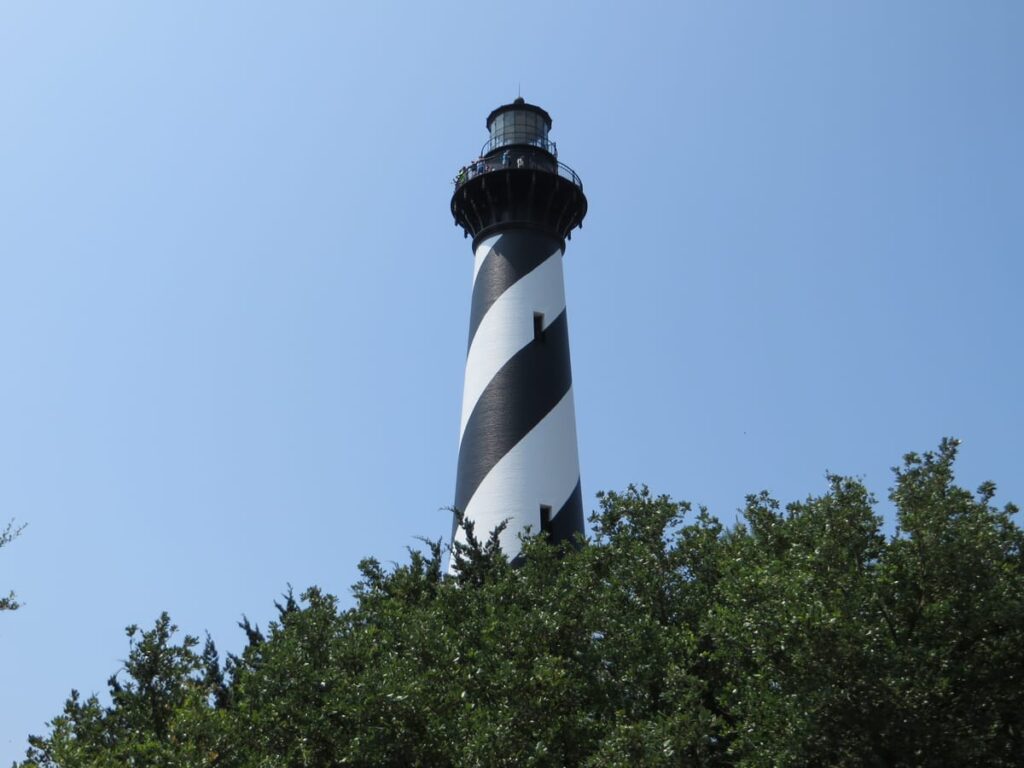
Cape Hatteras Lighthouse’s chunky ghost cat is apparently a people-lover as well. Not one to be shy, the ghost cat has reportedly run right up to visitors. Some have claimed to feel the cat rub up against their legs, wanting attention like any other cat.
But, whenever anyone tries to reach to pet or pick up the cat, it vanishes before their eyes. While no one knows the identity of this phantom feline for sure, many figure it is a former lighthouse keeper’s cat, forever roaming in spirit.
The Graveyard of the Atlantic’s
Dutiful Lighthouse
For over 150 years, Cape Hatteras Lighthouse has continually served the mariners of North Carolina. To this day, it lights the way through the Graveyard of the Atlantic every night. During the day, it remains a popular local National Park Service museum.

While you can’t book a ghost hunt or ghost tour of the lighthouse, you can still take your own climb up to the top of the tower.
Who knows, you might spot a ghost ship or two on the horizon from all the way up there. Or, at least be chased up the steps of America’s tallest lighthouse by what may be America’s largest ghost cat.

